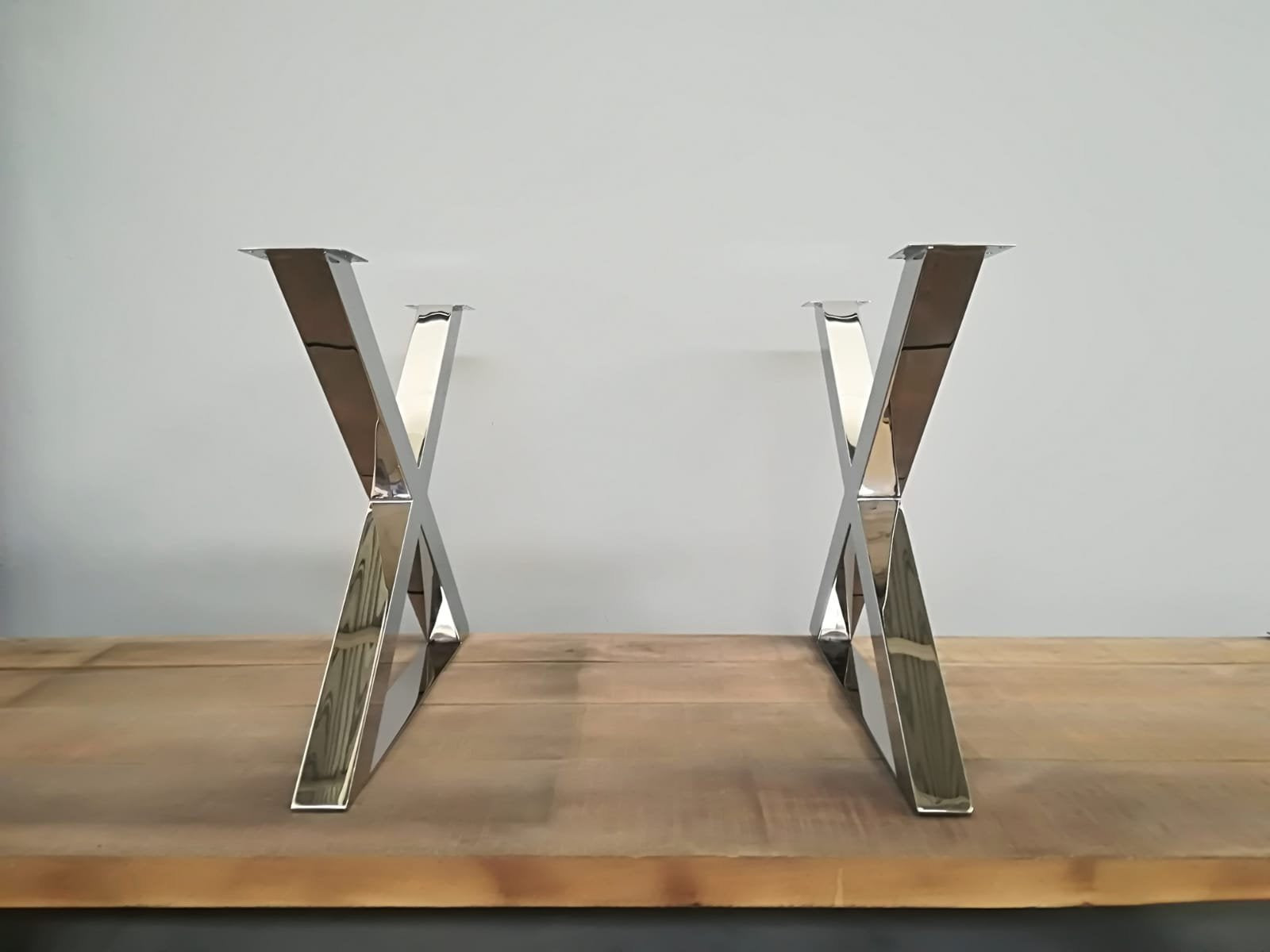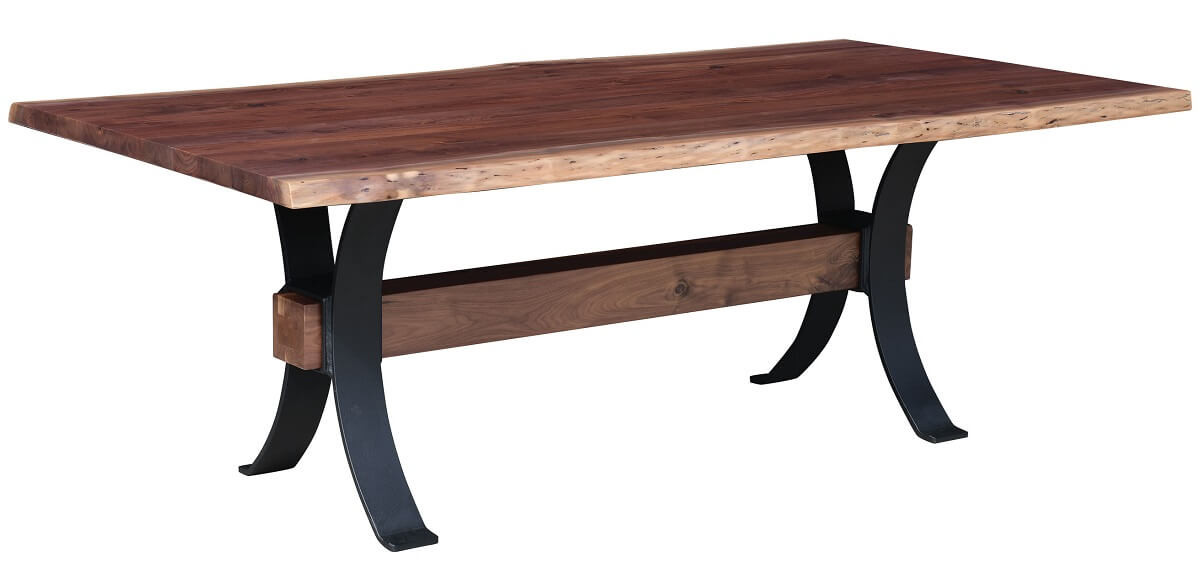Simple Steps to Replacing Old Dining Room Table Legs with New Ones
Simple Steps to Replacing Old Dining Room Table Legs with New Ones
Blog Article
How to Select the Perfect Dining-room Table Legs for Your Home Décor
Choosing the optimal dining room table legs is a nuanced process that calls for cautious consideration of various elements, including your room restrictions, aesthetic preferences, and sensible demands. The interplay between designs, dimensions, and materials can substantially influence the ambiance of your eating area, making it necessary to approach this decision methodically.
Assess Your Eating Space
Analyzing your eating space is critical for choosing the right table legs that complement both aesthetics and capability. Begin by measuring the measurements of your dining location, including ceiling elevation, floor room, and proximity to various other furnishings. This info will assist determine the proper dimension and height of your dining table, which straight influences the selection of table legs.
Next, think about the design and layout of your dining area. An open-concept style might profit from table legs that supply visual lightness, such as slender steel or acrylic alternatives. Conversely, a much more standard setup could call for sturdy wooden legs that supply a feeling of durability.
Examine the existing color combination and materials in your dining location. Integrating the table legs with these components produces a cohesive look that enhances the total style.
Inevitably, a detailed analysis of your dining space will certainly assist you in making a notified decision, ensuring that your table legs not just improve the visual appeal yet likewise serve practical objectives.
Consider Your Style Preferences
When picking dining-room table legs, it is important to review your individual design choices, as they considerably affect the general visual of your dining space. Your selection of table legs can either enhance or contrast with existing decor, making it critical to align them with your preferred indoor style theme.
If your home leans in the direction of a modern visual, think about streamlined metal or minimalist wood legs that provide a tidy, uncluttered appearance. For a more typical technique, ornate wood legs with intricate makings can include a touch of sophistication and sophistication. Industrial designs gain from robust, raw products such as recovered timber and metal combinations, mirroring a tough beauty.
Additionally, farmhouse and rustic designs frequently prefer sturdy, chunky legs that stimulate a sense of warmth and convenience. Conversely, if your design is diverse, you might select unconventional shapes or a mix of products to develop visual rate of interest.

Evaluate Material Options
The option of product for eating area table legs plays a crucial role in both sturdiness and aesthetic charm. Typical products consist of timber, steel, and composite alternatives, each offering distinctive features that can affect the total appearance and longevity of your table.
Timber is a traditional option, understood for its heat and adaptability. Woods like oak and walnut supply phenomenal strength and can be completed in different spots to match any type of design. Softwoods like yearn are more prone to scrapes and dents, making next them less ideal for high-traffic locations.
Steel legs, commonly crafted from steel or aluminum, radiate modernity and industrial charm. They are very long lasting and resistant to use, making them appropriate for households with children or constant celebrations (dining room table legs). Furthermore, metal can be ended up in different colors, boosting the personalization possibilities
Composite products, such as MDF or laminate, offer affordability and varied designs. While typically much less resilient than strong wood or steel, they can still supply a trendy look and are typically easy to keep.
Ultimately, the product you choose need to line up with your lifestyle, aesthetic choices, and the level of usage your dining table will certainly experience.
Determine Height and Dimension
Selecting the ideal height and dimension for your dining-room table is essential for both performance and convenience. The conventional elevation for dining tables commonly ranges from 28 to 30 inches, enabling ample legroom for a lot of people when seated. However, it is essential to consider the dimensions of your eating space and the kinds of chairs you intend to use.

In addition, think about the percentages of your eating area. A bigger table in a sizable location can develop a grand setting, while a smaller sized table functions well in even more intimate setups. Inevitably, the appropriate elevation and dimension will certainly balance with your general decoration and improve the dining experience for you and your guests.
Explore Customization Possibilities

In addition, the style of the legs can be customized to fit numerous styles, such as rustic, modern, or commercial. Tapered legs can stimulate a mid-century contemporary feeling, while chunky, block-style legs might reverberate with traditional or farmhouse decoration.
Property owners can additionally discover color coatings, from natural timber spots to repaint, enabling them to match or comparison with the tabletop and bordering decor.
Additionally, leg height can be changed to accommodate certain seating arrangements or personal choices, enhancing both convenience and functionality.
Finally, one-of-a-kind embellishments, such as makings or decorative brackets, can better personalize the table legs, making the eating experience not simply a meal however a declaration item in the home. By considering these modification options, property owners can develop an eating room table that genuinely mirrors their individuality.
Final Thought
Choosing the ideal dining space table legs needs mindful consideration of different aspects, consisting of the dimensions of the eating space, style preferences, material toughness, and wanted height. Customization choices additionally improve the capability to achieve a cohesive aesthetic that enhances the total decor. By systematically examining these aspects, home owners can ensure that the chosen table legs not only fulfill functional requirements but also contribute positively to the dining experience and ambiance of the home.
Selecting the ideal dining room table legs is a nuanced procedure that calls for mindful factor to consider of numerous components, including your area restrictions, aesthetic choices, and functional requirements.Examining your dining space is essential for selecting the right table legs that enhance both aesthetics and functionality.When establishing dimension, determine the area where the table will be positioned to guarantee it fits conveniently, allowing for at the very least 36 inches of clearance around the table for very easy motion. A larger table in a spacious location can produce a grand ambiance, while a smaller sized table works well in more intimate setups.Choosing the perfect dining area table legs needs careful factor to consider of different factors, consisting of the dimensions of the eating area, style choices, material durability, and wanted height.
Report this page